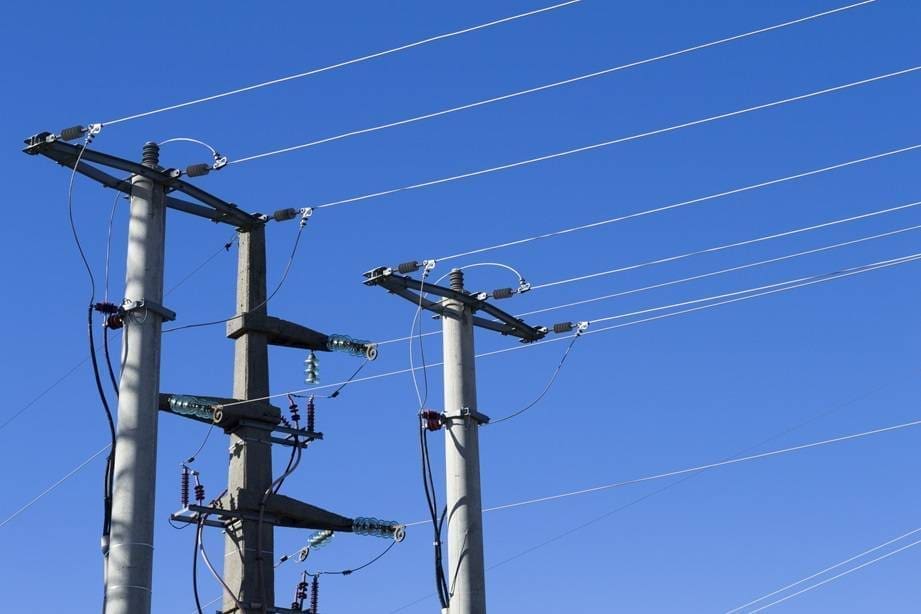What does a cable power line consist of?
 What does a cable line consist of?
What does a cable line consist of?
Cable power lines are an integral element of modern energy infrastructure. They allow the transmission of electricity between different points over long distances. Depending on the needs and construction requirements, various types of power lines are used, including LV, MV and HV cable lines. These important structures are worth taking a closer look.
Cable line core
The core of a cable power line are electrical conductors, which are the main route for electricity to flow. Most often, these are wires or fibres made of copper, steel and aluminium. These materials are characterized by high electrical conductivity, which allows for efficient current flow. The conductors are surrounded by an insulating layer, which is used to prevent short circuits and ensure an appropriate level of safety and reliability of electrical cables. Depending on the operating conditions, different types of insulation are used, for example rubber or plastics such as polyethylene.
Mechanical protection
The outer layer of the cable power line is the protective braid. It can take various forms, such as a metal, aluminium, steel strip or plastic layer. In particular, coatings made of materials with increased fire resistance are becoming more and more popular. Mechanical protection is crucial to protect the cable line from external factors and mechanical damage caused by moisture, chemicals or weather conditions. The protective layer also increases the level of safety when using the cable power line.
Cable line equipment
The cable power line also consists of accessories such as cable joints and heads. These types of cable line elements play an important role in these structures and enable the creation of connections and cable ends. Additionally, they protect the inside of the cable against the adverse effects of external factors. Many types of cable joints and heads are produced, such as tee, straight-through and indoor. Other pole elements of the line are mounting brackets (tape mounting) or cable covers. Correct installation of these elements ensures that the functional properties of the cables remain unchanged, even in the event of branching.

LV cable line (low voltage)
Low voltage (LV) cable lines are used in the distribution of electricity in local areas, transmitting energy to final consumers such as homes, companies or institutions. Low voltage covers the range up to 1 kilovolt (kV). LV cable lines are usually laid underground or run on poles at low heights. They supply energy directly to buildings and are an important element of the final distribution phase. The low voltage cables used are properly insulated, for example with a polyethylene layer, and their construction is adapted to the needs of recipients.
MV cable line (medium voltage)
Medium voltage (MV) cable lines are an element of the power infrastructure that transmit electricity at medium voltage. This covers the range from 1 kV to 35 kV. MV cable lines are widely used in distribution networks, transmitting power from electricity substations to local distribution in urban, industrial or rural areas. These lines can be laid underground or mounted on special supports in places where it is necessary to avoid traditional overhead lines.
HV cable line (high voltage)
HV cable power line refers to high voltage transmission lines that are used to transmit large amounts of electricity over long distances in the power system. This applies to the voltage range from 35 kV to 110 kV. Depending on the specific implementation and the needs of a given area, the HV cable line may have different characteristics and parameters. It is carried out on poles, special above-ground structures or placed underground.
Cable power lines are complex structures, the design of which depends on the purpose. Regardless of the type, individual elements of the cable line play an important role in ensuring effective energy transmission. As technology progresses, they ensure an increased level of user safety. Thanks to this, electric cables are becoming increasingly better adapted to the modern energy needs of distribution systems.